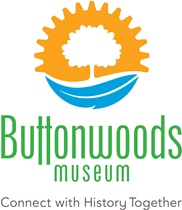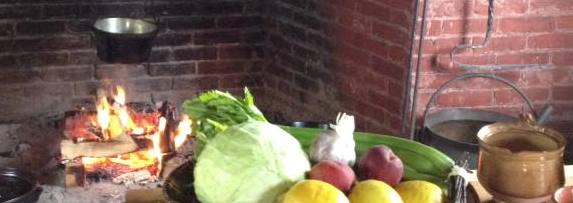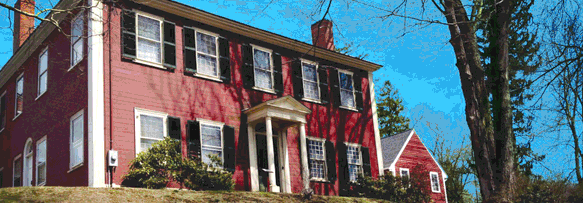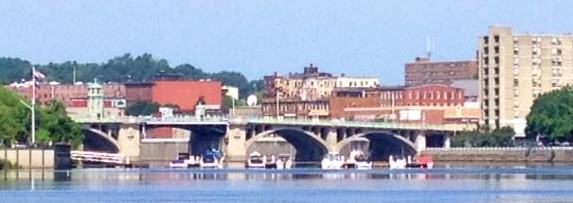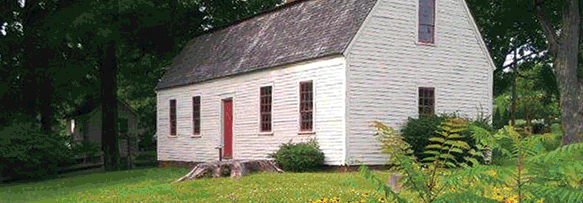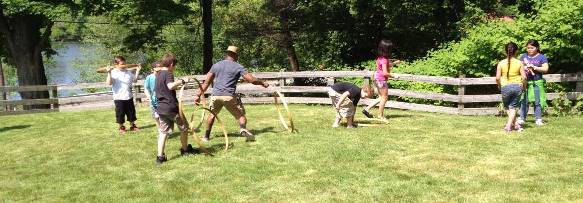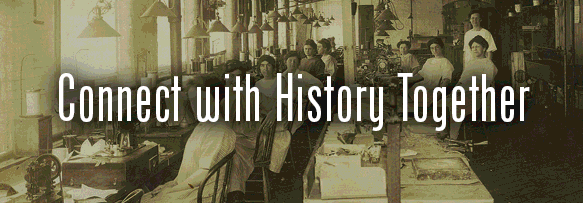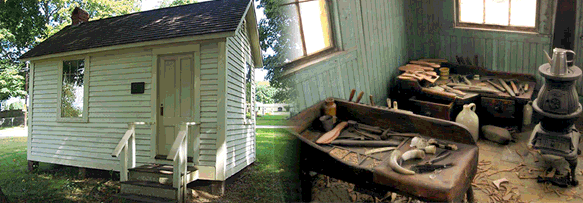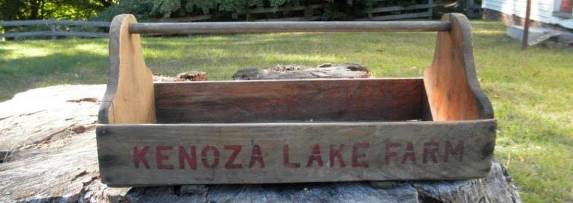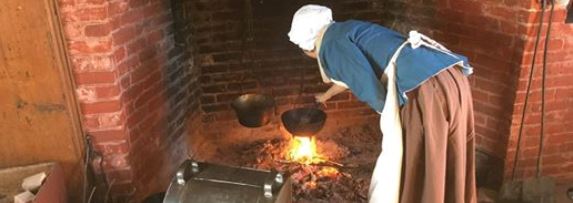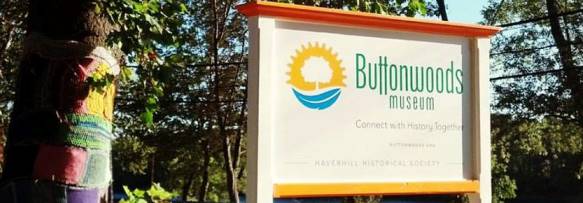
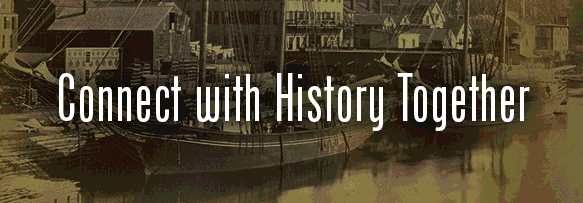
Essex National Heritage Area

The mission of the
Buttonwoods Museum /
Haverhill Historical
Society is to collect and
preserve history, and to
educate the community
about Greater
Haverhill's past and
culture.
| About the Buttonwoods Museum |
| The Buttonwoods Museum is named for the Buttonwoods or sycamore trees planted on the property in the early 1740’s by Haverhill’s first Irish immigrant, Hugh Tallent. Mr. Tallent worked for the Saltonstall family, who once owned the property. In 1814, the Duncan family, prosperous merchants, built a fine example of a rural Federal style mansion on the site. Mary Duncan Harris gave “The Buttonwoods” to the Haverhill Historical Society in 1903 and the Museum opened in 1904. The Buttonwoods Museum houses furniture, ceramics, glassware, quilts, dolls and toys. A visit to the Duncan House illustrates the importance of the Merrimack River in trade, commerce and travel. |
| The Buttonwoods site is in the middle of hundreds of years of Haverhill and Merrimack Valley history! A visit to the 1710 John Ward House begins a journey into life in the area during and after English settlement. The John Ward house is a please touch house, filled with reproduction red ware, tin ware, cooking utensils, and more! space |
| Native American Artifacts |
| Native American artifacts from the Lower Merrimack Valley, stone tools, bone implements, baskets, and pottery help tell the story of Pentucket and life in the area before European settlement. The Pentucket, a tribe of the larger Pennacook Nation, lived in what is now known by its English name, Haverhill. Pentucket is Algonkian for “land of the winding river.” The Deed to Haverhill, signed in 1641 by Passaquo and Saggahew, representatives of sachem Passaconnaway, and the first English settlers, documents the sale of land from the Pennacook to the English. A short walk from Buttonwoods is the site of the signing of the deed on Mill Street. First Landing Park, the site of the first landing of English settlers is on Water Street across from the Buttonwoods. Across from First Landing Park is Pentucket Burial Ground, the site of the first meeting house in Haverhill and one of the oldest cemetaries in the city. John Ward, Nathaniel Saltonstall, John White, and members of the Duncan family are buried in Pentucket. “Located on the traditional lands and waterways of the Abenaki, Pennacook, and Wabanaki Peoples past and present, we acknowledge and honor with gratitude the land itself and the people who have stewarded it throughout the generations.” |
| The Queen Slipper City |
| Step into the Queen Slipper City. A large collection of shoes and shoemaking tools represent Haverhill’s role as a world leader in the shoe industry. The Daniel Hunkins Shoe Shop represents the type of “10 footer” that dotted the landscape before and while the large shoe manufacturers concentrated labor in the brick factories in downtown Haverhill. A walk through the Washington Street Historic District reveals fascinating Queen Anne and commercial style architecture and a successful reuse of historic buildings. Visit downtown Haverhill’s shops, galleries and restaurants and experience living history. space |
| The Buttonwoods Museum - Haverhill Historical Society is a designated Essex National Heritage Area Visitor Center offering information to residents and tourists about the city and the region beyond. space |
| Historic Highlands |
| The historic Highlands area in and around Mill Street and Lake Saltonstall shows the residences that once belonged to the owners of the downtown shoe factories. Stop in at the Buttonwoods Museum Visitor Center for maps, brochures, trail maps and walking tours of historic areas in greater Haverhill. space |
